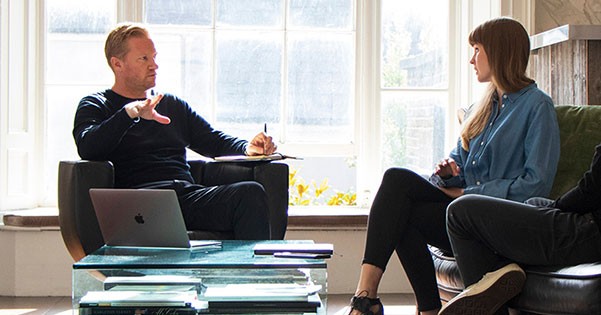
Branding 101
Getting the brief right from the start will get you where you need to go faster
When it comes to branding, design, marketing, and getting the message right, a creative brief is essential. It is how you, as a potential client, can tell an agency about your products or services, target audience and marketing goals that your business hopes to achieve. Since these briefs are an introduction to a client and their business, they must be clear, compact and have all the relevant information. It was reported in a survey by Ad Age that around 52% of marketers in agencies were not satisfied with the quality or consistency of briefings. If you want your agency to help your brand expand its reach and engage more consumers, then the brief has to be complete and informative. These are a few steps through which you can brief your agency well.
Define the Critical Elements of the Project
A good creative brief is basically a short description of the project and its goals or objectives. Think of it like an outline or plan that you can give the agency to follow or refer to so they can keep track of all the requirements. It's vital for you to be clear in the brief and include the crucial elements such as title, audience, brand message, budget and timelines. These factors will tell the agency and the creative team precisely what you want and help them take the right steps to achieve the set goals. Take the example of a project that focuses on increasing the demands for its products. For the title, you can say, 'new digital campaign to change the perception about the products and brand. Further on, you could describe the goals and objectives, such as reaching 10,000 customers through sponsored advertisements and influencer marketing on social media networks.
Focus on the Details
While a brief usually doesn't require many details, you should include as many important factors about your brand as possible. A good marketing agency will provide you with a questionnaire asking all the details and crucial information about your brand. You have to make sure that it is complete and doesn't skip any element, which would help the marketers become familiar with your brand. Basically, such questionnaires are designed to gather the facts, get an idea of the realistic goals they hope to achieve with the project and understand the client's timeline. There can be questions in four categories about your business, project, ideal customer and brand identity. So you will have to give detailed answers to queries' what problem can your business solve for the consumer' and 'what are the possible deliverables for your visual brand identity. You could also be asked to write four to five adjectives to describe your business and mention a realistic timeline for the project. All of this allows the creative at the agency to develop an impressive brief that can bring the campaign to life in the best way possible.
Research the Competitors
If you want the desired results with your project, this is an essential step towards the end goal. By researching your competition, you will give your agency the right direction in the brief. The team will get an idea of what subjects and elements to avoid in a marketing campaign as they may have been used by your competitors. Think of companies like Nike or Adidas. Both the companies specialise in high-quality sportswear. However, their marketing campaigns have always been unique to the brands. The audience can most likely tell which advertisements are from Nike by the storytelling style and message to bring inspiration to people worldwide.
To Sum Up
These are some of the ways that you can brief your agency in the right manner and help them come up with a well-defined brief for your project. If you follow these steps, you will cover the briefing's critical information and give the agency a good understanding of your brand.



